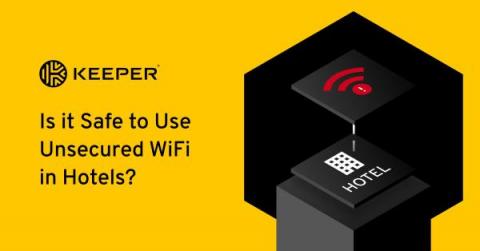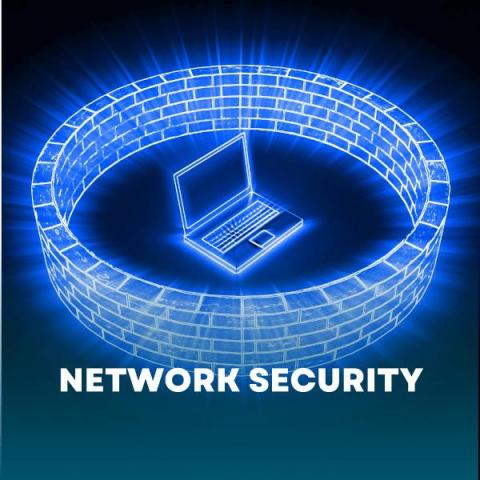How S&P Global Uses a Digital Twin to Deliver Business Value Faster
There are many ways a digital twin can make enterprise networks more secure, agile, and reliable. Actually, there are more ways than we envisioned when we came up with the technology and we’re constantly learning from our customers.











